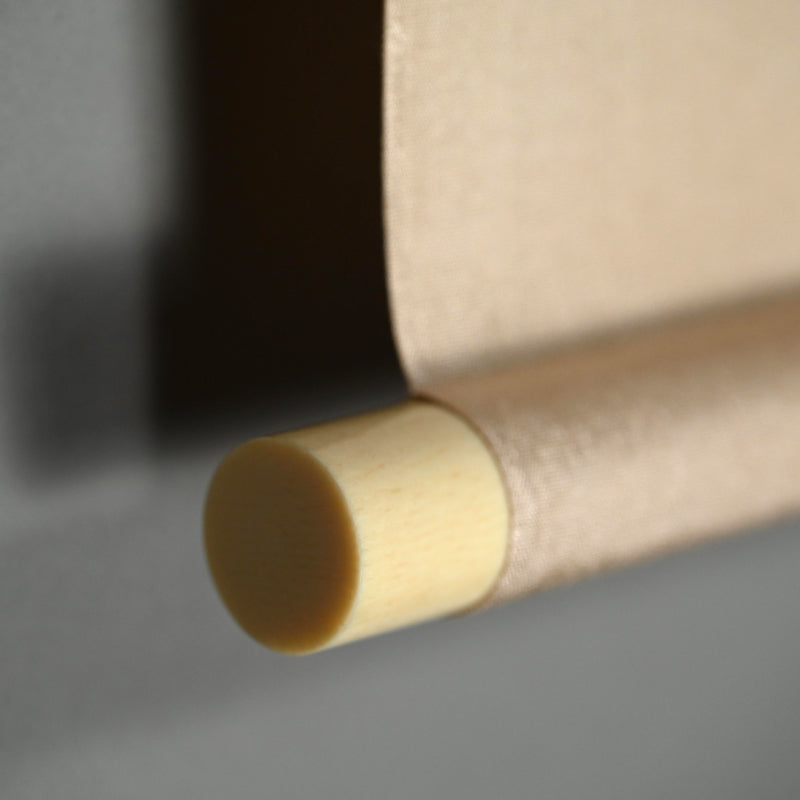Meditating on Passing Clouds ー福田 古道人 “雲中幽観図"
Meditating on Passing Clouds ー福田 古道人 “雲中幽観図"
Item Code: 古30
Couldn't load pickup availability
A towering mountain gorge enveloped in mist, rendered in a distinctive blend of expressive brushwork and ethereal color by Fukuda Kodojin. The composition presents a narrow, vertiginous valley hemmed in by sheer cliffs, their peaks rising like ancient sentinels into drifting clouds. In the foreground, pines cling tenaciously to craggy ledges, their twisting forms echoed in the jagged brushlines that define the cliffs. A solitary figure—a hermit-scholar wearing a conical hat—wanders a zigzagging path that vanishes into vapor, embodying the literati ideal of retreat and poetic solitude. Kodōjin’s use of soft ink washes and pale mineral pigments—ochres, greys, and faint pinks—imbues the scene with a dreamlike serenity, while the bold calligraphic outlines suggest both strength and transience. Ink and Pigment on silk, in a copper silk border patterned with scrolling vines extended with beige cloth with faux ivory rollers, double wooden box.
Fukuda Kodojin (1865-1944) an eccentric self taught artist, his status as a poet, calligrapher and literati artist has reached legendary status. Born at a time of great change (4 years before the final fall of the Edo Government), he lived through the westernizaton of Meiji, Taisho Democracy, the rise of Imperialism and final defeat of the Showa eras. He was self taught, part of a small group of artists existing outside conventional circles in pre-war Japan. He moved to a village outside of Kyoto in 1901, where he supported himself and his family by privately tutoring those who wished to learn Chinese-style poetry. Kodojin was simply a scholar. His poetry, painting, and calligraphy all stem from a life-long cultivation of the mind. He was known to have taken the time just before his death to destroy the large portion of his own remaining work, leaving only that which must have met some personal criteria. For more on his life see the book Old Taoist, or Unexplored Avenues of Japanese Painting. Twenty five paintings by the artist formed a private exhibition (from Gitter-Yelen) at the New Orleans Museum of Art in 2000, and he is part of the Hakutakuan collection among many others.
Share


























